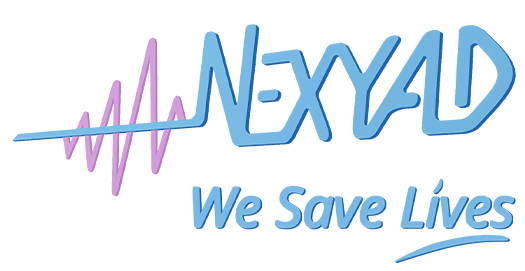In 1969, Frank E. Bird conducted a study for the Insurance Company of North America, covering 1,753,498 accidents reported by 297 companies in 21 different industrial groups, representing 1,750,000 people and 3,000,000 hours worked.
Out of 641 abnormal situations:
- 600 are near misses/incidents;
- 30 are property damage accidents;
- 10 are minor injuries;
- 1 is a serious accident.
See Frank E. Bird Risk Pyramid in image below.
The pyramid representation expresses the fact that the most serious accidents are the rarest and that, conversely, the abnormal but benign situations are the most frequent. This representation is symbolic, as the width of a level is not proportional to the frequency (unlike a diagram), the pyramid merely shows a ranking. However, it also expresses the fact that the difference between a harmless and a serious situation is often only due to luck: if an accident is narrowly avoided, it has no consequences, but the difference between harmful or even serious consequences is very tiny. The ratio of one level to the other of the pyramid gives an estimate of this luck factor, while the size of the base of the pyramid gives an estimate of the determination factor.
During its road safety research work (12 funded collaborative scientific programs), NEXYAD applied this study to road risk. Indeed, road accidents are ultimately rare in relation to the overall mileage and very difficult to analyze. On the other hand, experts and the road police analyze the footage from surveillance cameras installed here and there on the road infrastructure, which report abnormal or critical situations that are – much more numerous – but do not lead to accidents. These near-accidents are almost always the result of a lack of anticipation and prudence on the part of one or even several drivers in relation to a particular context. Being without consequences, they do not appear anywhere in public body and insurance statistics. More seriously, in the absence of consequences, drivers at fault may not be aware of the risks they have taken.
In this context, NEXYAD has developed SafetyNex a metric of driving prudence that detects both accident conditions and the usual lack of prudence where we are lucky… but luck can turn, and the more reckless we drive, the more we statistically increase the bad luck of having an accident.
SafetyNex is an AI based on the knowledge of road safety experts to measure prudent driving and detect risky behaviors. This tool is available for fleets, insurers and driving schools in a BYOD version, and for automated and autonomous driving of production vehicles.
For the BYOD version, the objective is to monitor the driver directly in terms of prudence, rather than calculating indirect estimators such as harsh braking, for example, which are little or not correlated in practice with accidents. We are applying this with the Indian company Motiv.AI, which has developed a smartphone app based on our technology and is deploying it in India for fleets.
For production vehicles, it is first a question of measuring their performance in terms of caution in autonomous or automated mode, and then simplifying the driving models (drastically reducing the number of parameters) because it turns out that our caution functions describe the problem of automatic driving according to a formalism of independent variables. This results in a reduction of at least a 100 factor in development and testing times. We have signed a partnership agreement with the company STELLANTIS on this subject.
See https://nexyad.net/Automotive-Transportation/intelligent-mobility/


